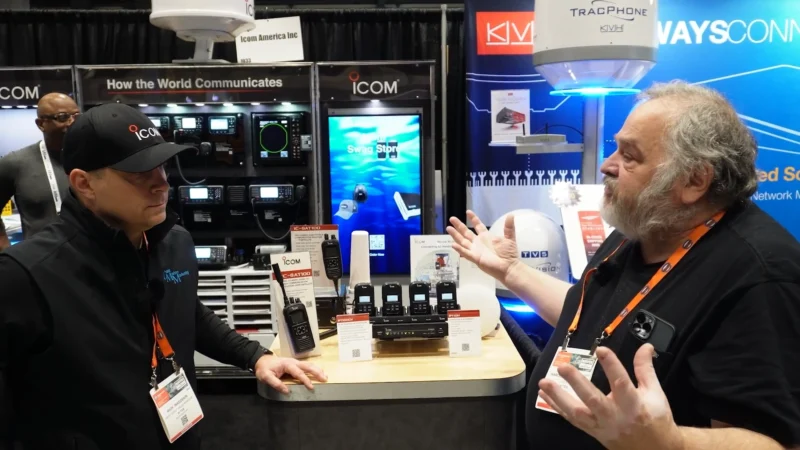How Pro AV Can Help in A Hurricane
Hurricane season is ramping up on the east and gulf coasts, leading many Americans to take a moment to think about their evacuation plans. One thing some people do not stop to consider is the means in which they are informed of an emergency by their local and state information services.
These days, most people get their information from a television or radio; it is how they track the weather and get news of any incoming weather that might pose a threat. State and local governments also have a comprehensive system of visual and audible cues to help make citizens aware of danger and direct them to safety.
These measures come in many forms; people in hurricane-prone areas have probably experienced the startling, ear perching tones of the emergency warning system interrupting a morning talk show on the TV or radio. Many areas also beam emergency information right to smartphones, which feature a message and loud tone to alert people to whatever emergency is going on. One only needs to remember the panic that the erroneous triggering of Hawaii’s nuclear attack alert system caused to see how effective these tools are.
However, not everyone is in a position to see a TV, radio or smartphone. In that case, most towns are supplied with loud analogue sirens that sound much like air-raid sirens. Inhabitants of Tornado Alley are no doubt very familiar with these, as towns all along the alley test them monthly to make sure they are working. These ear-splitting, industrial grade sirens are built to be impervious to the elements and to withstand years of watchful service. After all, it would be an ironic tragedy if the warning sirens failed because of some bad weather.
What happens once citizens are alerted to the emergency? Or what about those thousands who are driving and might not hear the sirens? Digital signage is one of the most important emergency evacuation tools available, because it can alert people to danger and direct them to safety along pre-prepared paths.
New York city, in a lesson learned from the destruction of hurricane Sandy, has installed smart kiosks around the city helping people to identify which zone they are in (flood zone, safe zone, etc.).
While we can all appreciate these networks of warnings keeping us informed and safe, behind the scenes an incredible amount of engineering and testing goes on to make sure these solutions are built to withstand the horrendous weather conditions.
One small example is the engineering that went into designing extreme condition cabling to keep roadside signs operational during evacuations in fires and hurricanes. While it may seem like a small thing, thousands of hours of design and testing went into making sure that those cables will perform in harsh conditions, something that hundreds of thousands of Americans can be grateful for as they consider their evacuation plans for this year’s approaching hurricane and fire seasons.






